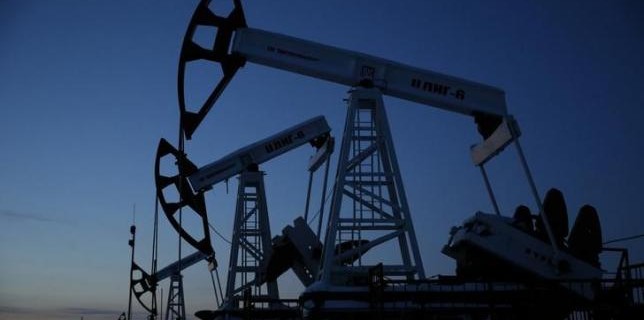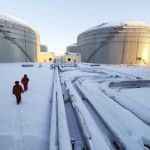Iran Outwitting Saudis on Oil, Bloomberg Says

Iran’s oil exports are growing much more quickly than analysts predicted back in January when sanctions were eased. If the recovery continues at the recent pace, it could raise an interesting dilemma for OPEC’s top exporter Saudi Arabia at the group’s next meeting in June.
As Bloomberg reported earlier this month, Iran exported more than 2 million barrels per day of crude during the first half of April, a figure calculated from tracking ships loading at Iranian export terminals.
This compares with 1.45 million barrels a day in March. Neither figure includes the country’s exports of condensate (a type of light oil recovered from gas fields).
If the volume of oil refined in Iran—estimated at about 1.6 million barrels per day—is added to the exports, the total daily crude supply will reach 3.6 million barrels.
When oil producers, led by Venezuela and Russia, began to talk about an output freeze back in February, Iran made it very clear that it would not participate until it restored production to pre-sanctions levels of between 3.7 million and 3.8 million barrels from 2.5 million bpd during the sanctions.
Bloomberg and the six organizations OPEC used for its “secondary sources” estimate of its members’ production saw Iran’s output falling during the first half of 2012, as buyers went elsewhere before sanctions came into force.
But data suggest Iran’s crude output did not fall as steeply as some observers thought, with the additional oil going into onshore storage tanks (much harder to track than oil stored on tankers). Still, Iran does not have enough storage capacity to have kept that up for long.
Drawing oil out of onshore tanks may explain some of the recent boost in exports. JBC Energy, a consultancy, suggests Iran may also be blending condensate into crude exports to raise the quality of the heavier oil it is pumping.
Iran says it is now producing 3.5 million barrels per day, close to the figures indicated above. This suggests that the restoration of Iran’s pre-sanctions production, which analysts said would take a year—if it could be achieved at all—has just about managed within three months.
That could put Saudi Arabia in a tricky spot when OPEC meets at the start of June. If Iran were willing to join the rest of OPEC in an output freeze, the Saudis would be faced with a difficult choice.
Either accept that their terms had been met and agree to freeze their own production just before it would typically start to rise to meet a seasonal surge in domestic demand; or move the goalposts again.
Saudi Arabia does not want oil prices to rise to a level allowing new high-cost projects before the market is rebalanced, giving it little incentive to support further price rises. That next OPEC meeting might be testing for the kingdom.
Source: Financial Tribune





























